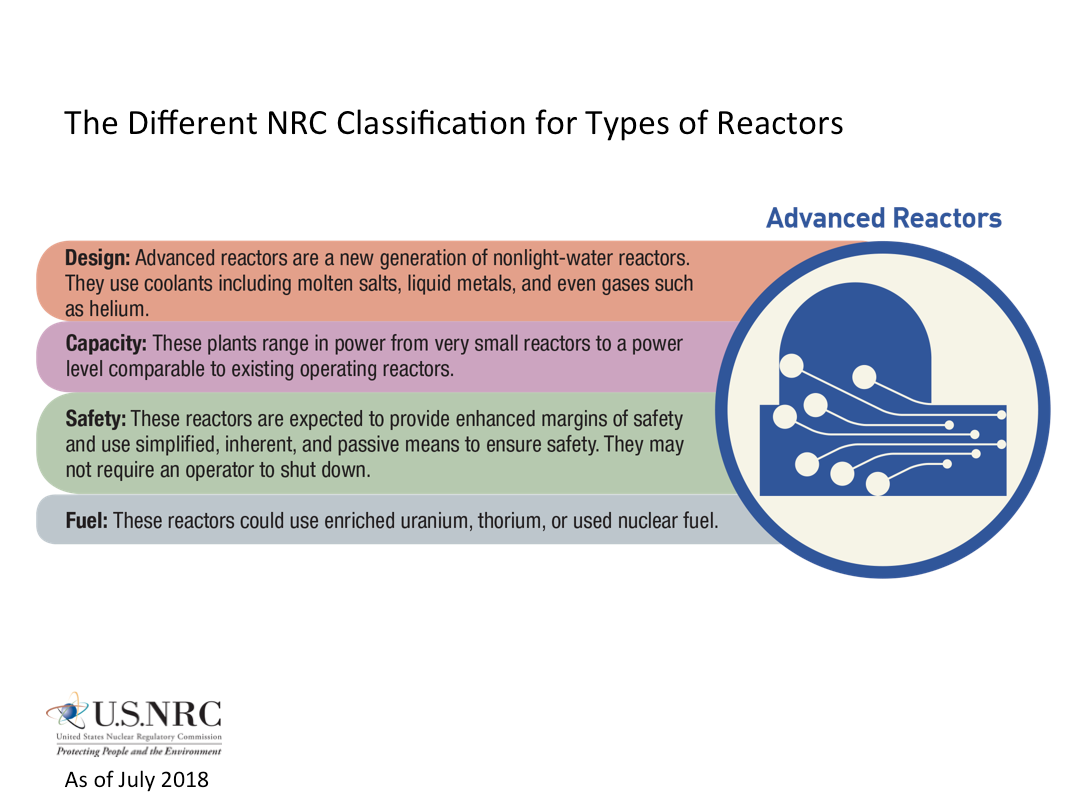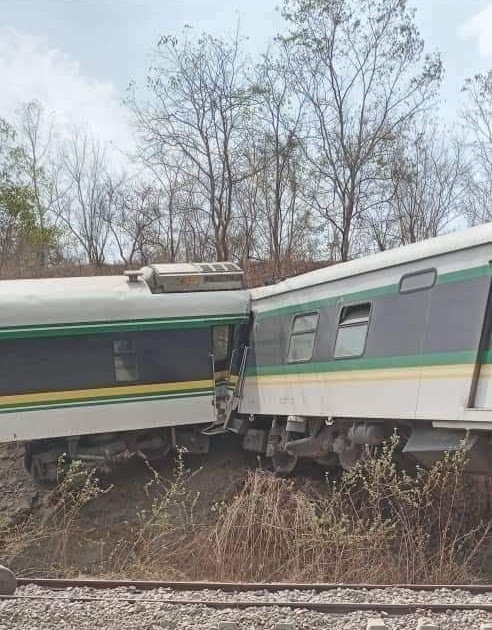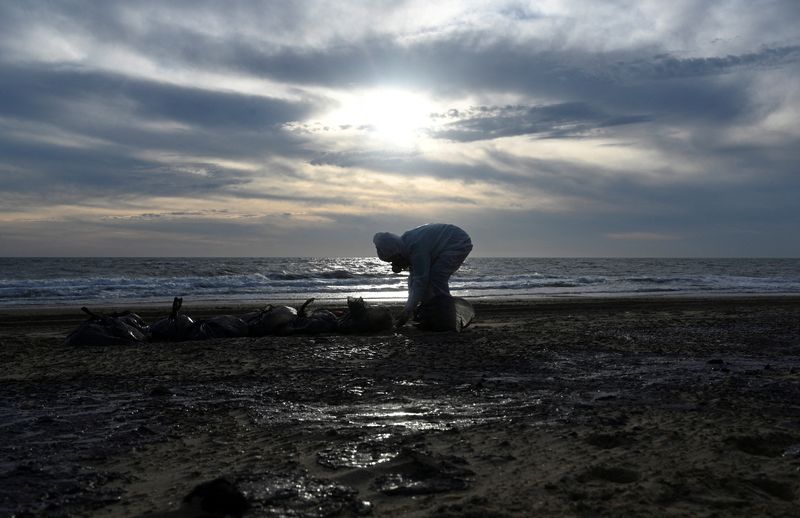Understanding The NRC's Requirements For Reactor Power Uprates

Table of Contents
The NRC's Regulatory Framework for Power Uprates
The NRC establishes a comprehensive regulatory framework governing reactor power uprates, ensuring the safety and security of nuclear power plants even with increased output. This framework primarily relies on a thorough review process and adherence to specific regulations.
Safety Analysis Reports (SARs) and their Importance
Safety Analysis Reports (SARs) form the cornerstone of any reactor power uprate application. These reports provide a detailed assessment of the plant's safety under the proposed increased power level. The NRC meticulously examines these reports to determine if the plant can safely operate at the higher power.
- SAR Content: SARs must include comprehensive analyses covering various aspects of plant safety, including:
- Thermal-hydraulic analysis, demonstrating the plant's ability to handle increased heat loads.
- Structural integrity assessments, ensuring that plant components can withstand the higher operating pressures and temperatures.
- Accident analysis, evaluating the potential consequences of various accidents and the effectiveness of safety systems under increased power conditions.
- Updated SAR Information: For uprates, existing SARs often require significant updates and supplemental information to reflect the changes in operating parameters and potential impacts on safety systems. This often involves detailed modelling and simulations.
Technical Specifications
Technical specifications outline the acceptable limits and operational parameters for a nuclear power plant. Modifying these specifications is crucial for a successful reactor power uprate. The NRC carefully reviews proposed changes to ensure continued safety.
- Examples of Technical Specification Changes: Modifications may include:
- Revised power limits, reflecting the increased operating power level.
- Adjusted temperature and pressure limits to account for the higher power output.
- Updated operational procedures and surveillance requirements to reflect the modified operating conditions.
- Compliance with Updated Technical Specifications: Strict compliance with these amended technical specifications is paramount to safe operation at the increased power level. Ongoing monitoring and reporting are essential.
Environmental Review
Before authorizing a power uprate, the NRC conducts an environmental review to assess the potential environmental impacts of the increased power output. This review adheres to the requirements of the National Environmental Policy Act (NEPA).
- NEPA Compliance: The review ensures compliance with NEPA's requirements for evaluating the environmental effects of major federal actions. This often involves preparing an Environmental Impact Statement (EIS) or Environmental Assessment (EA).
- Potential Environmental Impacts and Mitigation Measures: The review identifies potential environmental impacts, such as increased thermal discharge into waterways, and evaluates the effectiveness of proposed mitigation measures to minimize these impacts.
Key Considerations for Successful Power Uprate Applications
Beyond the regulatory framework, several key considerations are critical for a smooth and successful reactor power uprate application.
Comprehensive Safety Assessments
Thorough safety assessments are essential to demonstrate the safety of operation at the increased power level. This requires a detailed evaluation of various factors influencing plant safety.
- Examples of Safety Assessments: These assessments often encompass:
- Aging management programs to address the effects of plant aging on safety-related components.
- Plant equipment upgrades to enhance safety systems and accommodate the higher power level.
- Operator training programs to ensure operators are adequately prepared for operation at the increased power level.
- Independent Verification and Validation: Independent verification and validation of safety analysis are crucial to ensure the accuracy and completeness of the assessments.
Detailed Engineering and Design Modifications
Any necessary modifications to plant equipment or systems require meticulous engineering and design. This ensures the plant can safely operate at the higher power level.
- Examples of Potential Modifications: These modifications might involve:
- Installation of new instrumentation to monitor the increased parameters.
- Upgrades to control systems to manage the higher power output effectively.
- Enhancements to safety systems to ensure continued reliability at the increased power level.
- Quality Assurance and Quality Control: Rigorous quality assurance and quality control procedures must be implemented throughout the modification process.
Effective Communication and Collaboration with the NRC
Proactive and effective communication with the NRC throughout the application process is essential for a successful outcome.
- Clear and Concise Documentation: All documentation submitted to the NRC must be clear, concise, and easy to understand.
- Early Engagement with NRC Staff: Early engagement with NRC staff can help identify potential issues early in the process, facilitating a smoother review and approval.
Potential Benefits and Challenges of Reactor Power Uprates
Reactor power uprates offer several potential benefits, but also present certain challenges.
Economic Benefits
Increased energy production directly translates to higher revenue generation, improving the economic viability of the nuclear power plant.
Operational Efficiency
Uprates can improve operational efficiency by reducing the cost per unit of energy produced. This can lead to significant cost savings over the plant's lifespan.
Challenges
While advantageous, several challenges can arise:
- Cost of Modifications: Implementing necessary modifications to plant equipment and systems can be expensive.
- Licensing Complexities: Navigating the NRC's licensing process can be complex and time-consuming.
- Potential Delays: The approval process might experience delays due to various factors, potentially impacting project timelines.
Conclusion
Successfully navigating the NRC's requirements for reactor power uprates necessitates a comprehensive understanding of the regulatory framework, a meticulous approach to safety analysis and engineering, and effective communication with the NRC. By carefully addressing each aspect outlined above, nuclear power plant operators can significantly enhance their operational capacity while maintaining the highest safety standards. To learn more about the specific requirements for your reactor, contact the NRC directly or consult with experienced nuclear engineering professionals specializing in reactor power uprates. Remember, thorough planning and preparation are key to a successful reactor power uprate application.

Featured Posts
-
 Disney Cruise Line Announces Two Ships For Alaska Summer 2026
May 01, 2025
Disney Cruise Line Announces Two Ships For Alaska Summer 2026
May 01, 2025 -
 San Antonio Spurs Full Season Attendance For Chris Paul Harrison Barnes And Julian Champagnie
May 01, 2025
San Antonio Spurs Full Season Attendance For Chris Paul Harrison Barnes And Julian Champagnie
May 01, 2025 -
 Dragons Den Success Tips And Strategies For Entrepreneurs
May 01, 2025
Dragons Den Success Tips And Strategies For Entrepreneurs
May 01, 2025 -
 Passengers Stranded Kogi Train Suffers Technical Failure
May 01, 2025
Passengers Stranded Kogi Train Suffers Technical Failure
May 01, 2025 -
 Russias Black Sea Beaches Closed After Significant Oil Spill
May 01, 2025
Russias Black Sea Beaches Closed After Significant Oil Spill
May 01, 2025
